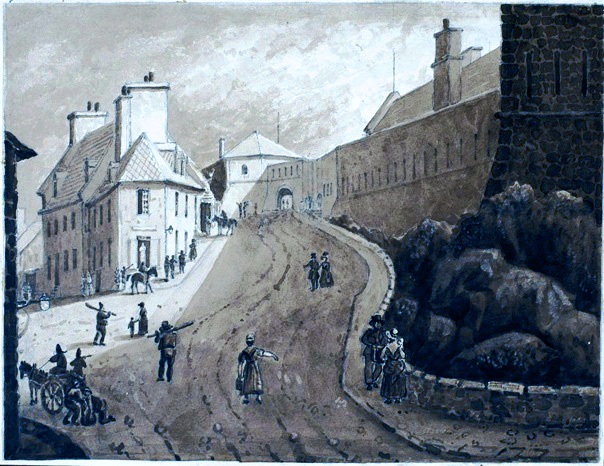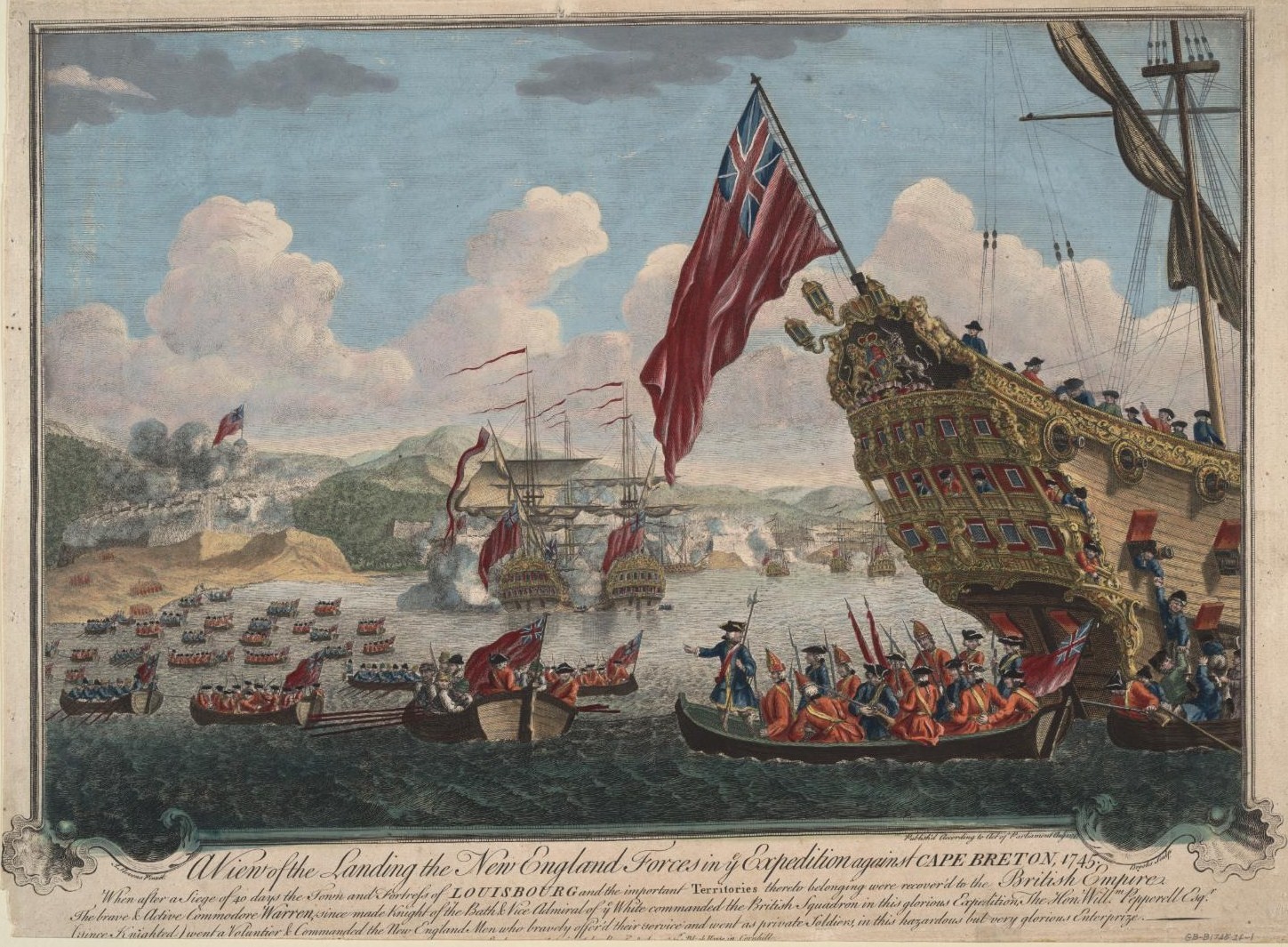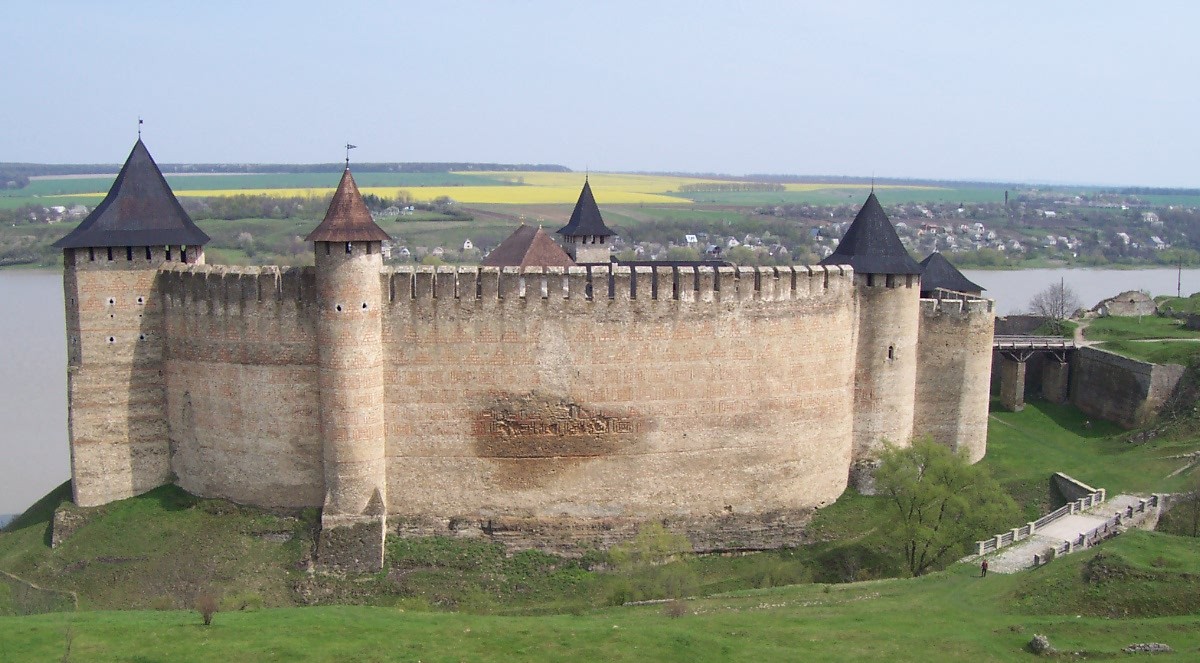|
Ramparts Of Quebec City
The ramparts of Quebec City () is a city wall that surrounds the western end of Old Quebec's Upper Town in Quebec City, Quebec, Canada. The ramparts date back to the 17th century, with the ramparts having undergone a succession of modifications and improvements throughout their history. The city walls extend , with the southern portions of the ramparts forming a part of the Citadelle of Quebec. The ramparts were first built in 1690 in order to defend the Upper Town of Quebec City. In 1745, the walls were rebuilt further west, modelled after designs created by Gaspard-Joseph Chaussegros de Léry. The ramparts withstood several sieges during the mid-18th century, with British forces holding out in the walled city during the French siege of Quebec in 1760, and the American siege of Quebec in 1775. From the 1820s to 1830s, the British expanded and improved the ramparts and the rest of the city's defensive network. However, by the late 19th century, several deteriorating facilities ... [...More Info...] [...Related Items...] OR: [Wikipedia] [Google] [Baidu] |
City Wall
A defensive wall is a fortification usually used to protect a city, town or other settlement from potential aggressors. The walls can range from simple palisades or Earthworks (military), earthworks to extensive military fortifications such as curtain wall (fortification), curtain walls with Fortified tower, towers, bastions and gates for access to the city. From ancient to modern times, they were used to enclose settlements. Generally, these are referred to as city walls or town walls, although there were also walls, such as the Great Wall of China, Walls of Benin, Hadrian's Wall, Anastasian Wall, and the Atlantic Wall, which extended far beyond the borders of a city and were used to enclose regions or mark territorial boundaries. In mountainous terrain, defensive walls such as ''letzis'' were used in combination with castles to seal valleys from potential attack. Beyond their defensive utility, many walls also had important symbolic functions representing the status and indepen ... [...More Info...] [...Related Items...] OR: [Wikipedia] [Google] [Baidu] |
Trading Post
A trading post, trading station, or trading house, also known as a factory in European and colonial contexts, is an establishment or settlement where goods and services could be traded. Typically a trading post allows people from one geographic area to exchange for goods produced in another area. Usually money is not used. The barter that occurs often includes an aspect of haggling. In some examples, local inhabitants can use a trading post to exchange what they have (such as locally-harvested furs) for goods they wish to acquire (such as manufactured trade goods imported from industrialized places). Given bulk transportation costs, exchanges made at a trading post for long-distance distribution can involve items which either party or both parties regard as luxury goods. A trading post can consist either of a single building or of an entire town. Trading posts have been established in a range of areas, including relatively remote ones, but most often near an ocean, a ri ... [...More Info...] [...Related Items...] OR: [Wikipedia] [Google] [Baidu] |
The Magazine Of American History With Notes And Queries (1877) (14784450352)
''The'' is a grammatical article in English, denoting nouns that are already or about to be mentioned, under discussion, implied or otherwise presumed familiar to listeners, readers, or speakers. It is the definite article in English. ''The'' is the most frequently used word in the English language; studies and analyses of texts have found it to account for seven percent of all printed English-language words. It is derived from gendered articles in Old English which combined in Middle English and now has a single form used with nouns of any gender. The word can be used with both singular and plural nouns, and with a noun that starts with any letter. This is different from many other languages, which have different forms of the definite article for different genders or numbers. Pronunciation In most dialects, "the" is pronounced as (with the voiced dental fricative followed by a schwa) when followed by a consonant sound, and as (homophone of the archaic pronoun ''thee'') ... [...More Info...] [...Related Items...] OR: [Wikipedia] [Google] [Baidu] |
Governor General Of New France
Governor General of New France was the vice-regal post in New France from 1663 until 1760 and the last French vice-regal post. It was replaced by the British post of Governor of the Province of Quebec following the fall of New France. While the districts of Montreal and Trois-Rivières had their own governors, the Governor of the District of Quebec City and the Governor General of New France were the same person. His role was to serve and represent the king in New France. List See also * Governor of Montreal * Governor of Acadia * Governor of Plaisance * Governors of French Louisiana 03 New France New France New France (, ) was the territory colonized by Kingdom of France, France in North America, beginning with the exploration of the Gulf of Saint Lawrence by Jacques Cartier in 1534 and ending with the cession of New France to Kingdom of Great Br ... 1663 establishments in New France 1760 disestablishments in New France {{Canada-hist-stub ... [...More Info...] [...Related Items...] OR: [Wikipedia] [Google] [Baidu] |
François De Beauharnois De La Chaussaye, Baron De Beauville
François () is a French masculine given name and surname, equivalent to the English name Francis. People with the given name * François Amoudruz (1926–2020), French resistance fighter * François-Marie Arouet (better known as Voltaire; 1694–1778), French Enlightenment writer, historian, and philosopher * François Beauchemin (born 1980), Canadian ice hockey player for the Anaheim Ducks * François Blanc (1806–1877), French entrepreneur and operator of casinos * François Bonlieu (1937–1973), French alpine skier * François Cevert (1944–1973), French racing driver * François Chau (born 1959), Cambodian American actor * François Clemmons (born 1945), American singer and actor * François Corbier (1944–2018), French television presenter and songwriter * François Coty (1874–1934), French perfumer * François Coulomb the Elder (1654–1717), French naval architect * François Coulomb the Younger (1691–1751), French naval architect * François Couperin (1668–1 ... [...More Info...] [...Related Items...] OR: [Wikipedia] [Google] [Baidu] |
Siege Of Louisbourg (1745)
The siege of Louisbourg took place in 1745 when a New England colonial force aided by a British fleet captured Louisbourg, the capital of the French province of Île-Royale (present-day Cape Breton Island) during the War of the Austrian Succession, known as King George's War in the British colonies. The northern British colonies regarded Louisbourg as a menace, calling it the "American Dunkirk" due to its use as a base for privateers. There was regular, intermittent warfare between the French and the Wabanaki Confederacy on one side and the northern New England colonies on the other (''See the Northeast Coast Campaigns of 1688, 1703, 1723, 1724''). For the French, the Fortress of Louisbourg also protected the chief entrance to Canada, as well as the nearby French fisheries. The French government had spent 25 years in fortifying it, and the cost of its defenses was reckoned at thirty million livres. Although the fortress's construction and layout was acknowledged as havi ... [...More Info...] [...Related Items...] OR: [Wikipedia] [Google] [Baidu] |
Fortress Of Louisbourg
The Fortress of Louisbourg () is a tourist attraction as a National Historic Sites of Canada, National Historic Site and the location of a one-quarter partial reconstruction of an 18th-century Kingdom of France, French fortress at Louisbourg, Nova Scotia, Louisbourg on Cape Breton Island, Nova Scotia. Its two sieges, especially that of 1758, were turning points in the Anglo-French struggle for what today is Canada. The original settlement was founded in 1713 by settlers from Terre-Neuve (New France), Terre-Neuve, and initially called Havre à l'Anglois. Subsequently, the fishing port grew to become a major commercial port and a strongly defended fortress. The fortifications eventually surrounded the town. The walls were constructed mainly between 1720 and 1740. By the mid-1740s Louisbourg, named for Louis XIV of France, was one of the most extensive (and expensive) European fortifications constructed in North America. The site was supported by two smaller garrisons on Île Royale ... [...More Info...] [...Related Items...] OR: [Wikipedia] [Google] [Baidu] |
Plains Of Abraham
The Plains of Abraham () is a historic area within the Battlefields Park in Quebec City, Quebec, Canada. It was established on 17 March 1908. The land is the site of the Battle of the Plains of Abraham, which took place on 13 September 1759, but hundreds of acres of the fields became used for grazing, housing, and minor industrial structures. Only in 1908 was the land ceded to Quebec City, though administered by the specifically created and federally-run National Battlefields Commission. The park is today used by 4 million visitors and tourists annually for sports, relaxation, outdoor concerts, and festivals. Plains of Abraham Museum The Plains of Abraham Museum serves as the park's information and reception centre. It features a multi-media exhibition about the siege of Quebec and the 1759 and 1760 battles of the Plains of Abraham. Other displays feature the history of the site through archaeological artifacts found in the park. Open year-round and located at 835 Wilfrid-Lau ... [...More Info...] [...Related Items...] OR: [Wikipedia] [Google] [Baidu] |
Cap Diamant
Cap Diamant ( English: Cape Diamond) is a cape on an edge of the Promontory of Quebec and on which Quebec City is located, formed by the confluence of a bend in the St. Lawrence River to the south and east, and the much smaller Saint-Charles River to the north. Jacques Cartier, the French explorer who found glittering stones in the high cliff, thought the stones contained diamonds. After he brought samples of these stones to France in 1542, experts concluded that these "diamonds" were actually quartz, hence the proverb "Faux comme un diamant du Canada" ("as fake (or as false) as a Canadian diamond"). In 1759, the troops of British General James Wolfe climbed Cap Diamant toward the Plains of Abraham to conquer Quebec. In 1889 the Quebec rockslide fell from Cap Diamant. Popular culture A song entitled "Cap Diamant" was on Canadian singer-songwriter Coeur de Pirate's second CD, ''Blonde Blond () or blonde (), also referred to as fair hair, is a human hair color charac ... [...More Info...] [...Related Items...] OR: [Wikipedia] [Google] [Baidu] |
Enceinte
Enceinte (from Latin ''incinctus'' "girdled, surrounded") is a French term that refers to the "main defensive enclosure of a fortification". For a castle, this is the main defensive line of wall towers and curtain walls enclosing the position. For a settlement, it would refer to the main town wall with its associated gatehouses, towers, and walls. According to the 1911 ''Encyclopædia Britannica'', the term was strictly applied to the continuous line of bastions and curtain walls forming "the body of the place", this last expression being often used as synonymous with ''enceinte''. However, the outworks or defensive wall close to the enceinte were not considered as forming part of it. In early 20th-century fortification, the enceinte was usually simply the ''innermost'' continuous line of fortifications. In architecture, generally, an enceinte is the close or precinct of a cathedral, abbey, castle, etc. This definition of the term differs from the more common use of ''en ... [...More Info...] [...Related Items...] OR: [Wikipedia] [Google] [Baidu] |
Battle Of Quebec (1690)
The Battle of Québec was fought in October 1690 between the colonies of New France and Province of Massachusetts Bay, Massachusetts Bay, then ruled by the kingdoms of Kingdom of France, France and Kingdom of England, England, respectively. It was the first time Quebec City, Quebec's defences were tested. Following the Battle of Port Royal (1690), capture of Port-Royal (Acadia), Port Royal in Acadia, during King William's War, the New Englanders hoped to seize Quebec itself, the capital of New France. The loss of the Acadian fort shocked the , and Governor-General Louis de Buade de Frontenac ordered the immediate preparation of the city for a possible siege. When the envoys delivered the terms of surrender, the governor-general famously declared that his only reply would be by "the mouth of my cannons." Major John Walley led the invading army, which landed at Beauport, Quebec City, Beauport in the Basin of Quebec. However, the militia on shore were constantly harassed by local mi ... [...More Info...] [...Related Items...] OR: [Wikipedia] [Google] [Baidu] |







